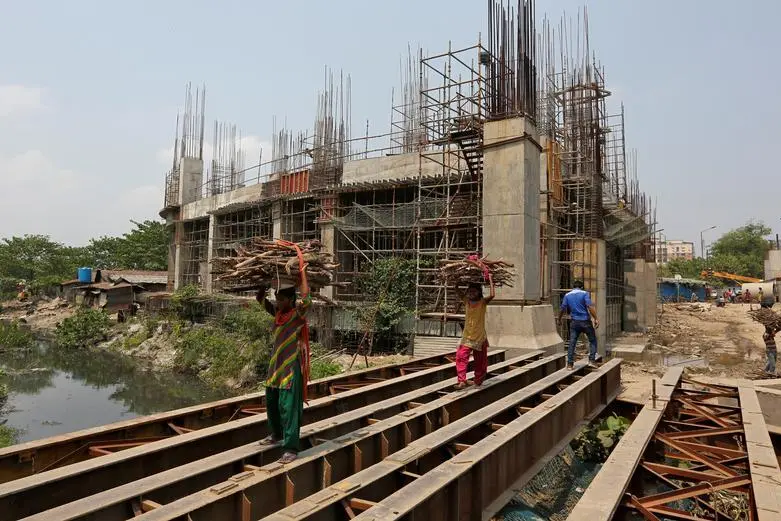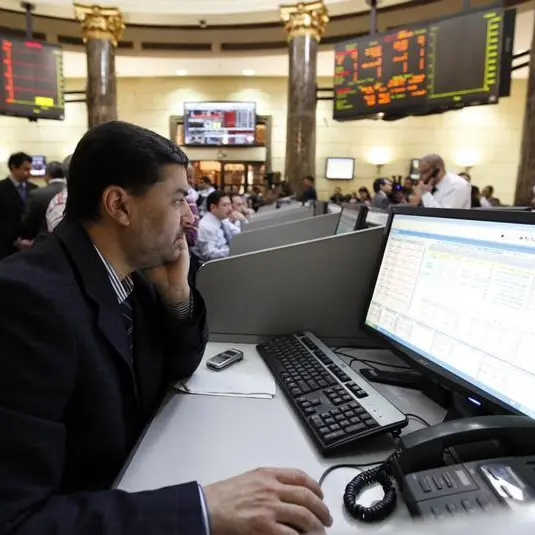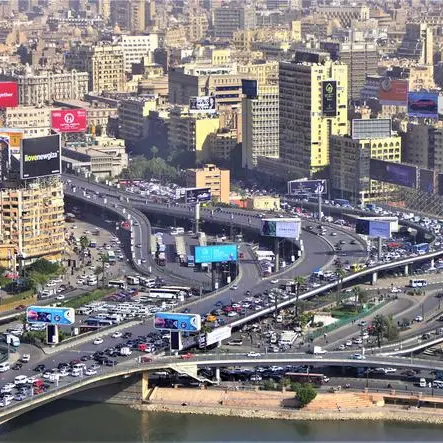PHOTO
MUMBAI - India needs a radical overhaul to fix its growth woes. The news on Friday suggests that’s not going to happen soon. The economy is dramatically slowing. Reported gross domestic product increased at an annual rate of 5% in the quarter to June, down from 5.8% in the previous three months. The rate was the slowest in more than six years.
The official number will damage confidence. Perhaps it shouldn’t, since many experts think the calculations are sharply biased to the upside. But the reported figure was a bracing 70 basis points lower than the median expectation in a Reuters poll. The slump will stoke fears that the country’s economy is edging back toward what used to be dismissed as the “Hindu rate of growth” – a painfully slow increase in the quality of life for the masses.
India’s current slowdown, which started shortly after the roll-out of a complex nationwide goods and services tax, has already lasted 18 months, Goldman Sachs says its proprietary index of activity shows. It is the longest dry period since 2008. Compared to other periods of pain during and after the financial crisis, the current one, the investment bank reckons, it is shallower and is more concentrated in the consumer sector.
New Delhi, though, beyond loosening a few foreign investment restrictions in recent days, is not using its enormous political capital to promote policies that could make a substantial difference. Instead, a plan for four separate deals among 10 state lenders, including Punjab National Bank and Canara Bank, will create larger but not necessarily better institutions. In the short term, the pain of merging will distract managers from pushing loans into the economy.
Financial reform is certainly needed. Along with stagnant wage growth, poor loan growth is a major brake on economic expansion. The demand for credit from big business is muted and there is widespread fear of credit quality problems at shadow lenders which support sales of everything from cars to laptops.
India cannot get back on the fast growth track until these problems are addressed. The need is urgent. When even doubtful growth numbers are going wrong, more substantial changes are called for than anything the government has offered up to now.
CONTEXT NEWS
- India's reported gross domestic product increased at an annual rate of 5% in the three months ending in June, compared to a 5.8% increase in the previous three months, according to data released on Aug. 30. The increase, the lowest in more than six years, was well below the 5.7% median expectations in a Reuters poll of economists. About 40% of nearly 65 economists polled expected an expansion of 5.6% or lower.
- On the same day, the Indian government announced it would push for four separate mergers of public sector banks, comprising 10 banks in total. After the mergers, there would be 12 state-owned lenders, down from 27 in 2017. The biggest of the mergers will combine Punjab National Bank, Oriental Bank of Commerce, and United Bank of India. This would create the second largest lender, after the State Bank of India.
(Editing by Edward Hadas and Karen Kwok)
(The author is a Reuters Breakingviews columnist. The opinions expressed are her own. Repeats for wider distribution with no changes to text.)
© Reuters News 2019












